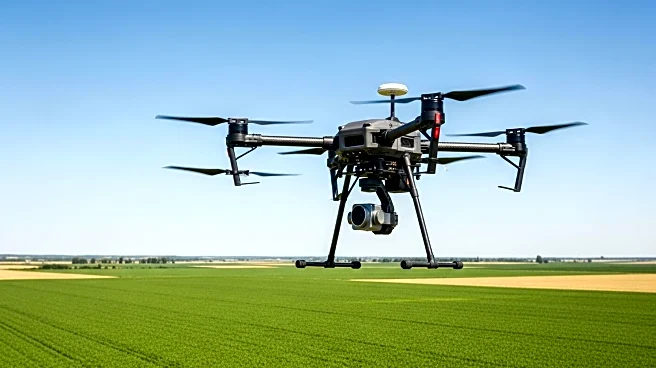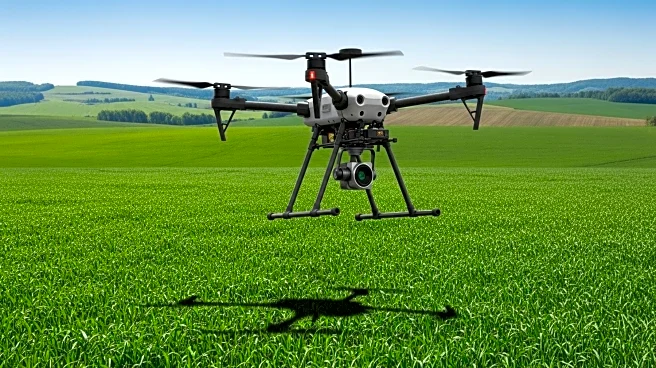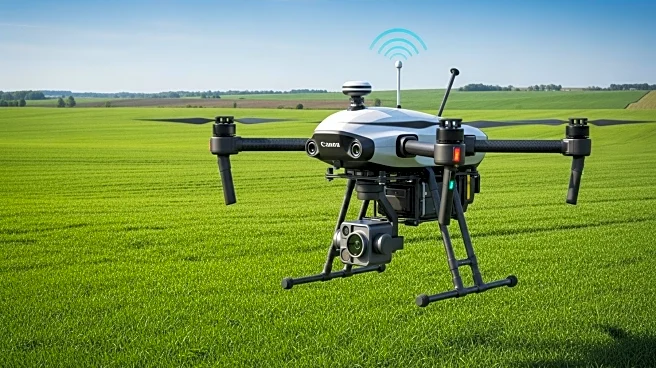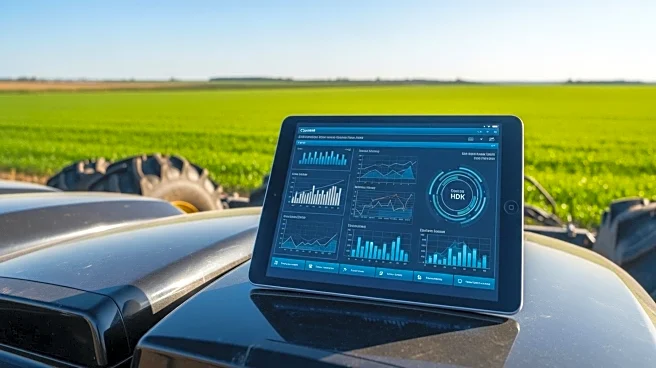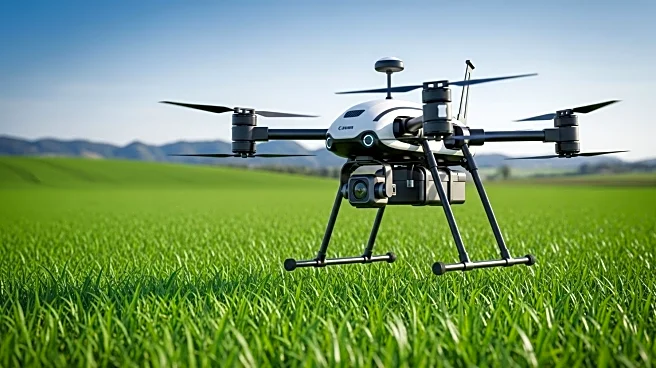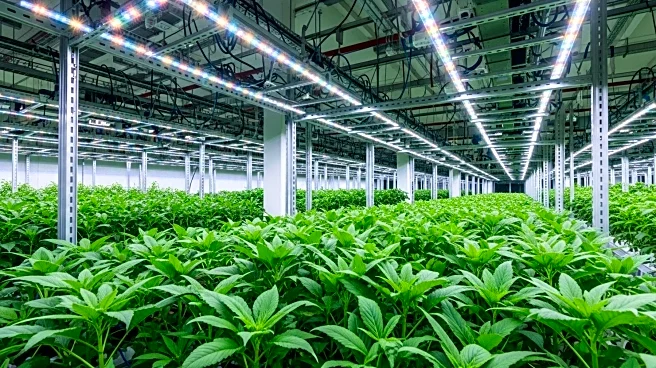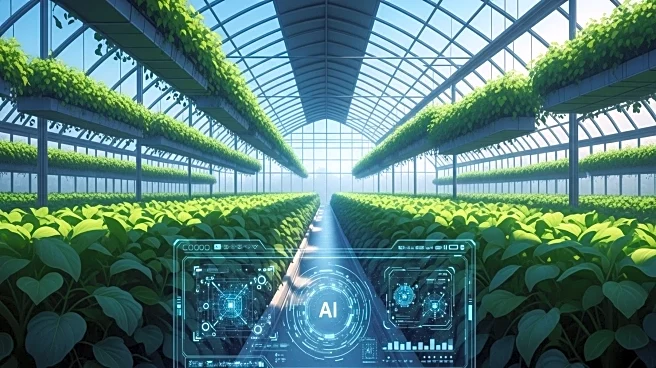What's Happening?
The global agricultural mapping services market is experiencing significant growth, fueled by the adoption of precision agriculture techniques and the increasing demand for optimized crop management. These services provide essential geospatial data that help farmers and agribusinesses monitor crop health, assess soil conditions, plan irrigation, and optimize field operations. The market is projected to expand from US$6.2 billion in 2024 to US$8.7 billion by 2031, with a compound annual growth rate (CAGR) of 5.1%. Remote sensing and GIS-based mapping services are leading the market due to their accuracy and real-time monitoring capabilities. North America holds the largest market share, supported by advanced agricultural technologies and government initiatives, while Asia-Pacific is the fastest-growing region due to the adoption of modern farming practices and government support for digital agriculture.
Why It's Important?
The growth of the agricultural mapping services market is crucial for enhancing farm productivity and sustainability. By providing accurate data on soil and crop conditions, these services enable farmers to make informed decisions, leading to efficient resource use and increased yields. The integration of AI, IoT, and cloud-based analytics in mapping services further enhances operational efficiency and decision-making. As the global population continues to rise, the demand for food increases, making precision agriculture and data-driven solutions vital for meeting food production needs. The expansion of this market also presents opportunities for technological innovation and economic growth in the agricultural sector.
What's Next?
The agricultural mapping services market is expected to continue its growth trajectory, driven by technological advancements and increasing adoption of precision agriculture practices. Emerging economies with large agricultural sectors present significant opportunities for expansion, particularly with the adoption of affordable UAVs and AI-driven mapping platforms. Government initiatives promoting smart agriculture and digital farming subsidies will likely enhance market potential. The integration of mapping services with farm management software and automated irrigation systems offers further opportunities for efficiency and sustainability in agriculture.
Beyond the Headlines
The expansion of agricultural mapping services has broader implications for environmental sustainability and food security. By optimizing resource use and reducing waste, these services contribute to sustainable farming practices. Additionally, the increased use of technology in agriculture may lead to shifts in labor dynamics, with a growing demand for skilled workers in data analysis and technology management. Ethical considerations around data privacy and the impact of technology on traditional farming practices may also arise as the market continues to evolve.

